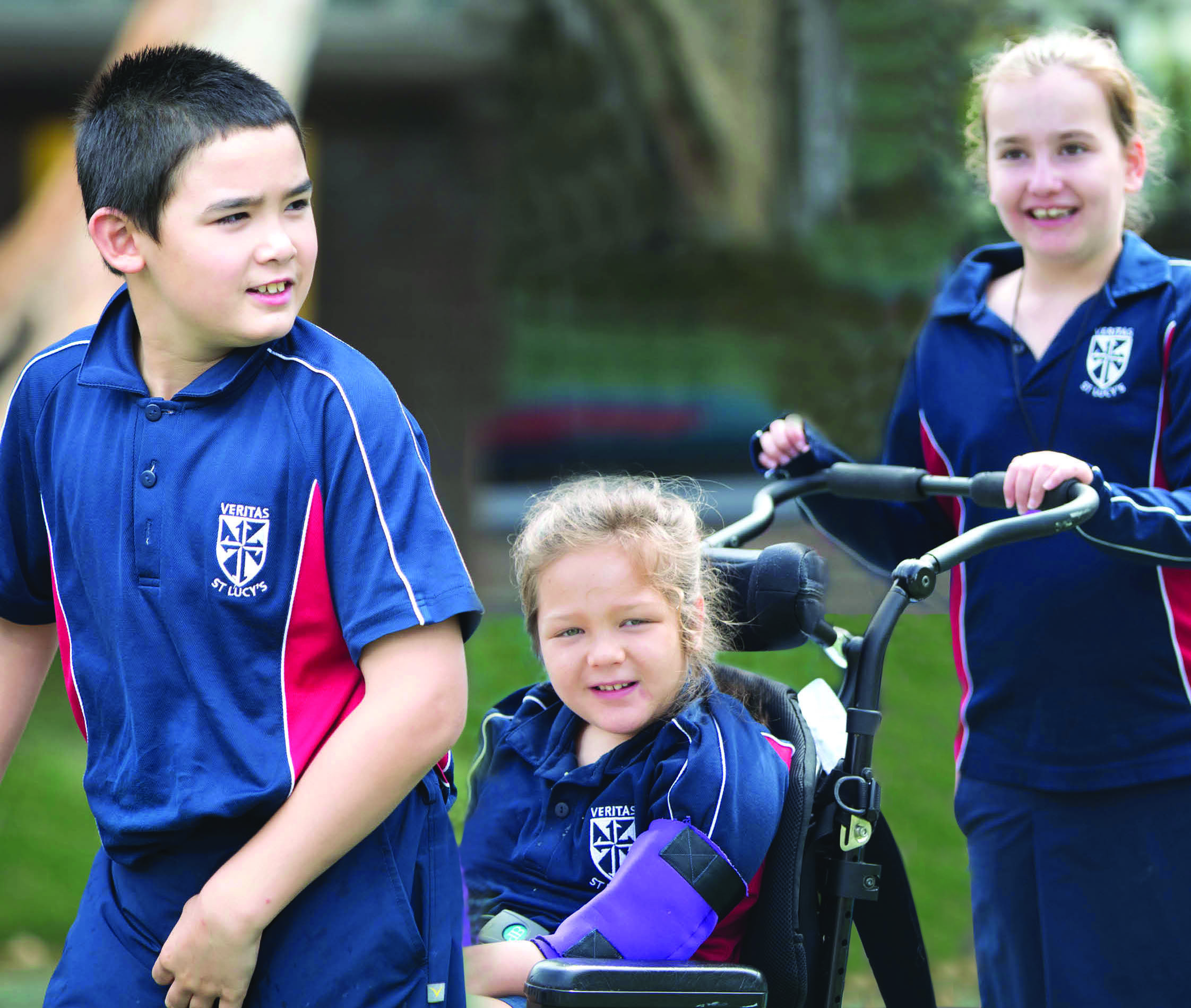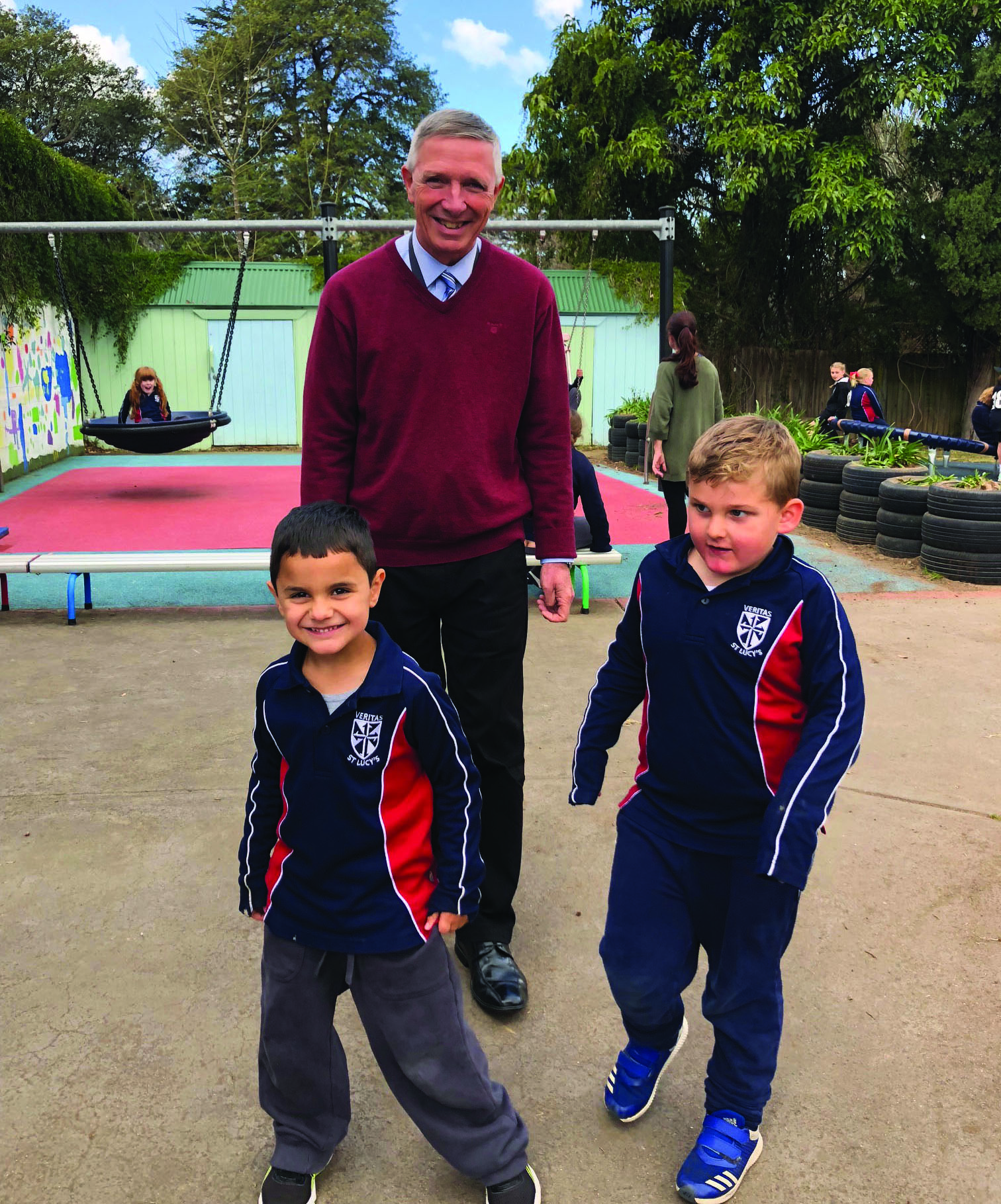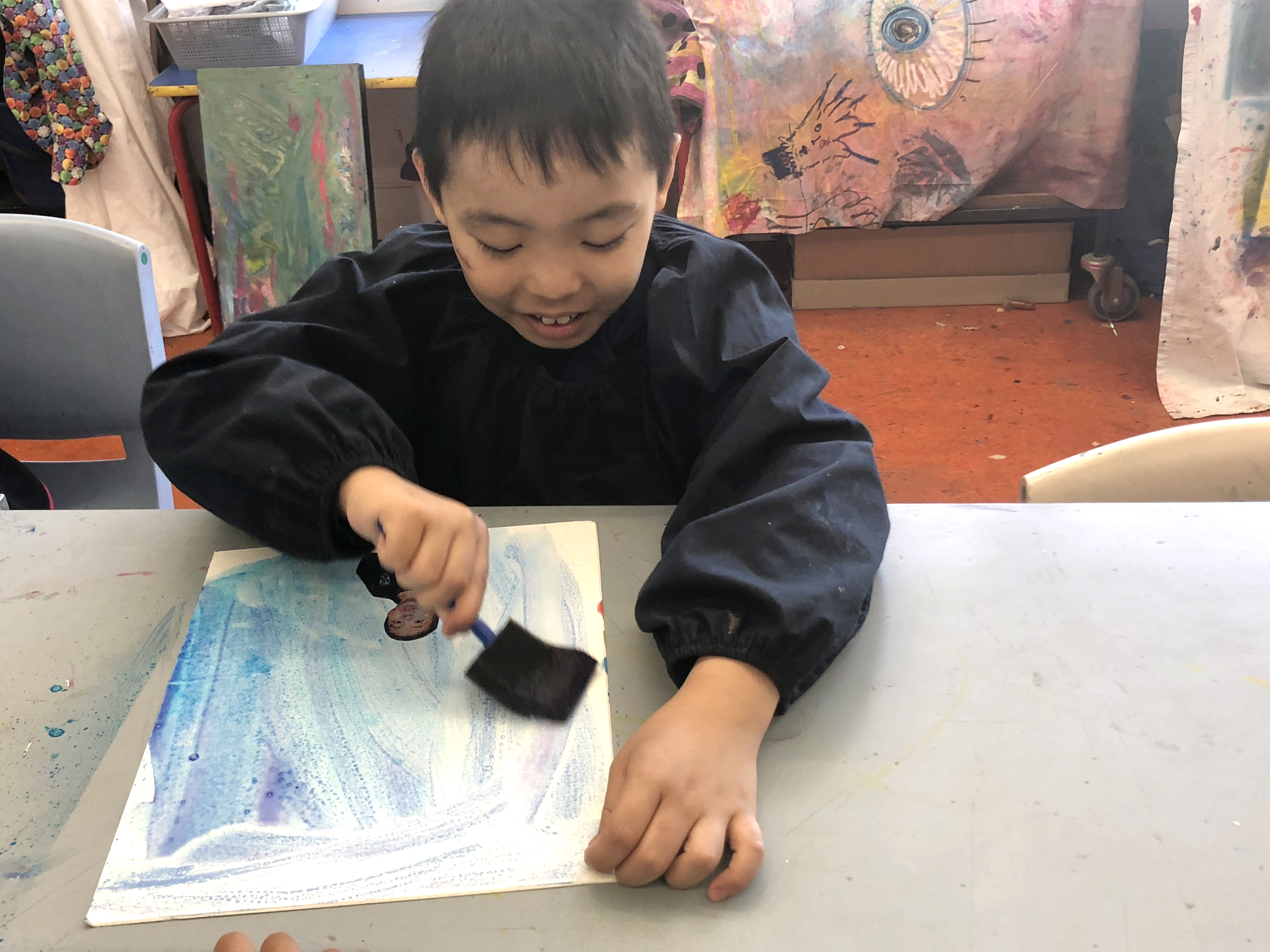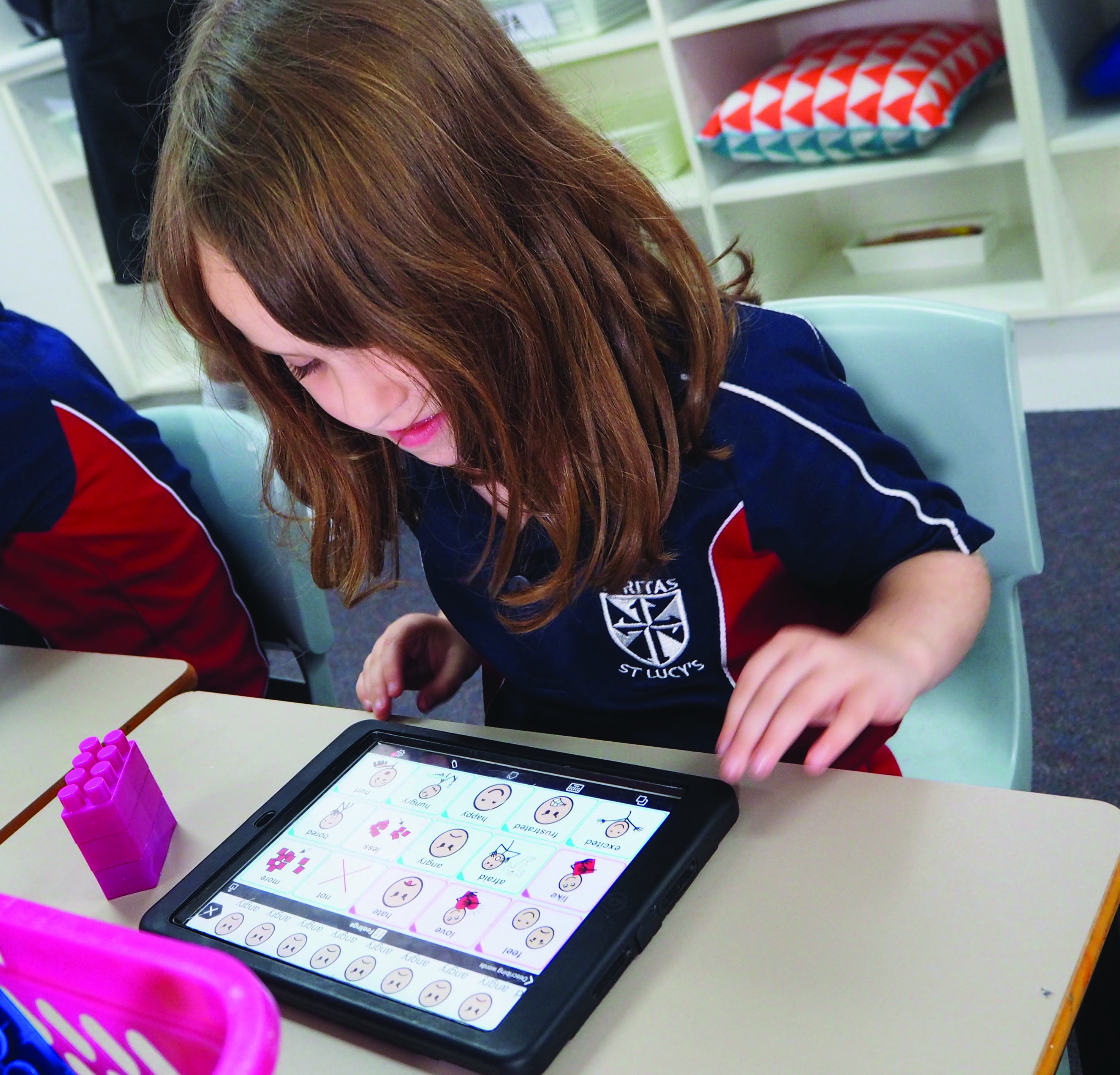 Growing … St Lucy’s School is moving towards K-12.
Growing … St Lucy’s School is moving towards K-12.
Wahroonga’s much-loved Catholic primary school for students with intellectual disabilities is offering Year 7 places next year and adding subsequent year levels to become a K-12 school by 2024.
“Rising demand for special education and the popularity of St Lucy’s School are the driving forces behind the school’s expansion,” says Principal, Mr David Raphael.
“Population growth in northern Sydney has led to an increasing demand which needs to be catered to, for students and families,” Mr Raphael says. “We have students from Parramatta to the Central Coast.”

St Lucy’s School currently has 105 students at its main campus in Wahroonga and offers satellite programs for another 30 children at schools in Narrabeen and Narraweena, on Sydney’s Northern Beaches.
An ambitious building program commencing next year will see the construction of 16 new classrooms to modernise the school’s learning environments and cater for an eventual 100 secondary students by 2024.
“We’re designing a whole new complex to create a purpose-built facility for students with special education needs and we’ll re-purpose the old classrooms for the library and other uses. We’re building a car park for staff with a kiss and drop area to take traffic off the road and increase safety,” Mr Raphael says.

St Lucy’s School adheres to principles of the Reggio Emilia philosophy of education that emphasises experiential learning and the symbolic “languages” of the creative arts.
“All students who come into the school have a diagnosed intellectual disability and quite often they have other disabilities as well.”
“We accept each child as they are and work with their interests on an individual basis to help them access the curriculum. By communicating through artistic expression, their interests in the Arts helps to lead them on their learning journey,” Mr Raphael says.

This approach is especially well-suited to students with intellectual disabilities, he says.
“We have a student who was non-verbal and loved the Art Studio and painting; he liked a very dark palette — almost black. On this particular day, his teacher asked him what colour he would like to paint with and he replied, ‘Blue please.’ It was the first words he’d ever spoken and through this language of art making, he has gradually acquired more traditional language skills,” Mr Raphael explains.
With about 60 per cent of St Lucy’s students on the Autism Spectrum — the development of communication skills is at the heart of the school’s mission to foster independence and self-determination.
The school uses an integrated approach incorporating technological aids such as Proloquo2Go, a symbol-based communication app that helps students express themselves with voice-output communication, and Key Word Sign. The school’s staff are proficient signers and the school offers workshops for parents and siblings to learn the basics of sign language to facilitate intra-family communication. Teachers are supported by two teacher’s aides per class and the school’s occupational therapist, speech pathologists and psychologist.

Preparing students for adult life will be a central aim for secondary students, Mr Raphael says.
“We’re introducing a Life Skills curriculum developed by the NSW Education Standards Authority. This means that Maths, English and the rest of the NSW curriculum subjects can be designed for the individual student,” he says, describing it as a “competency-based approach to education” that will result in a Record of School Achievement or Higher School Certificate credential.
“In years 9 onward, we’ll be introducing a VET program. Our situation gives us access to a whole range of industrial and retail sites to give our students work experience in the community,” Mr Raphael says.
The school’s commitment to practical education is seen in its Mathematics with Meaning program that teaches children real-life applications of numeracy such as how to use money and identify bus numbers.
“The functional elements of life need to be deliberately taught so that students can be as independent as possible in their adult lives and as effective as possible in the community and be advocates for themselves in the adult world,” Mr Raphael says.
But St Lucy’s is more than just a school, it nurtures the whole family, Mr Raphael says.
“We try to offer as much love and support as we can not only to students but to parents and siblings as well. Siblings can often feel a bit left out. It’s very important to support the family as much as we can. We do this through our pastoral care, through our psychologist, through our community nights, and by providing a place for parents just to come here and talk to each other about their children and their challenges.”
“We’re passionate about what we do,” Mr Raphael says, and consequently the school’s influence is felt well beyond its immediate community.
“We have a number of very supportive schools nearby: Prouille, Abbotsleigh, Knox, Santa Sabina, Shore. They engage with our students as play buddies, participants in our Creative Arts programs, student volunteers at our holiday program and camp, and other student immersion experiences. It’s very powerful for the visiting students and they often go back and help raise funds for us. We advocate for children with disabilities generally to be included and accepted; simple things like lift access at a train station can make a huge impact.”
For more information on St Lucy’s and its move to K-12 please see their website: stlucys.nsw.edu.au